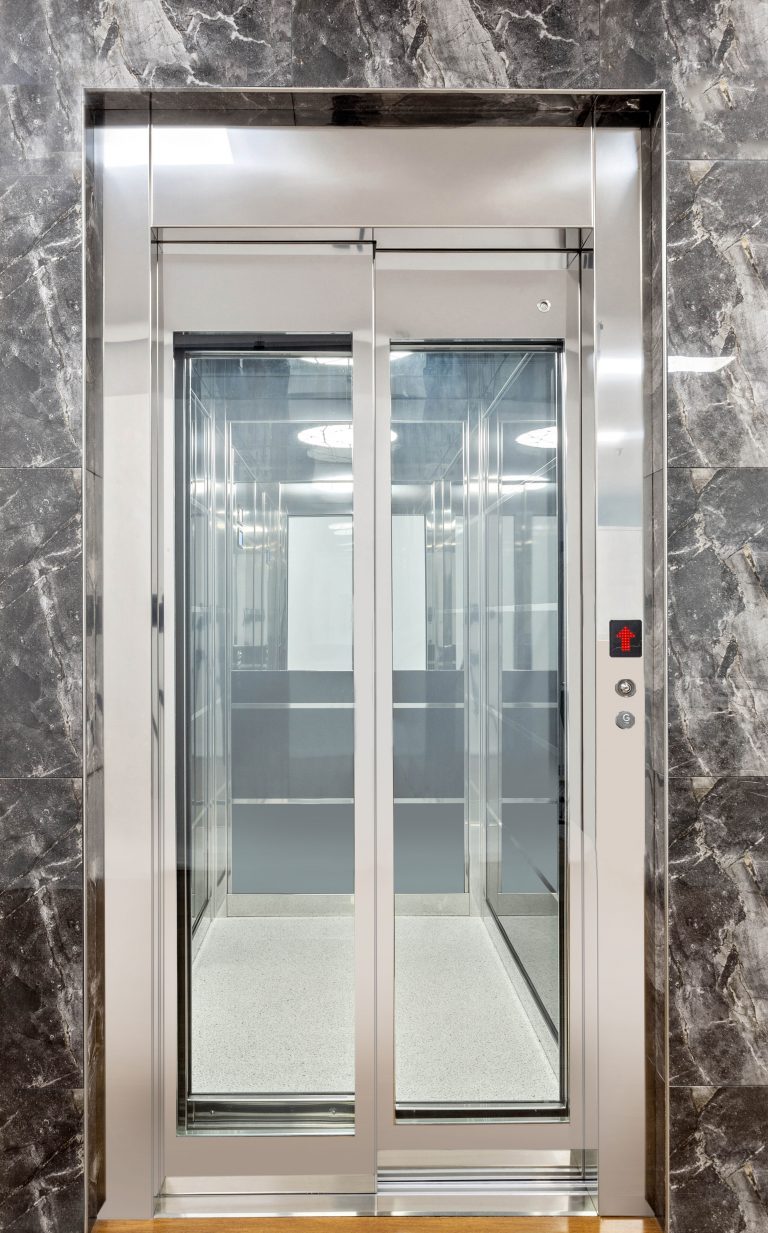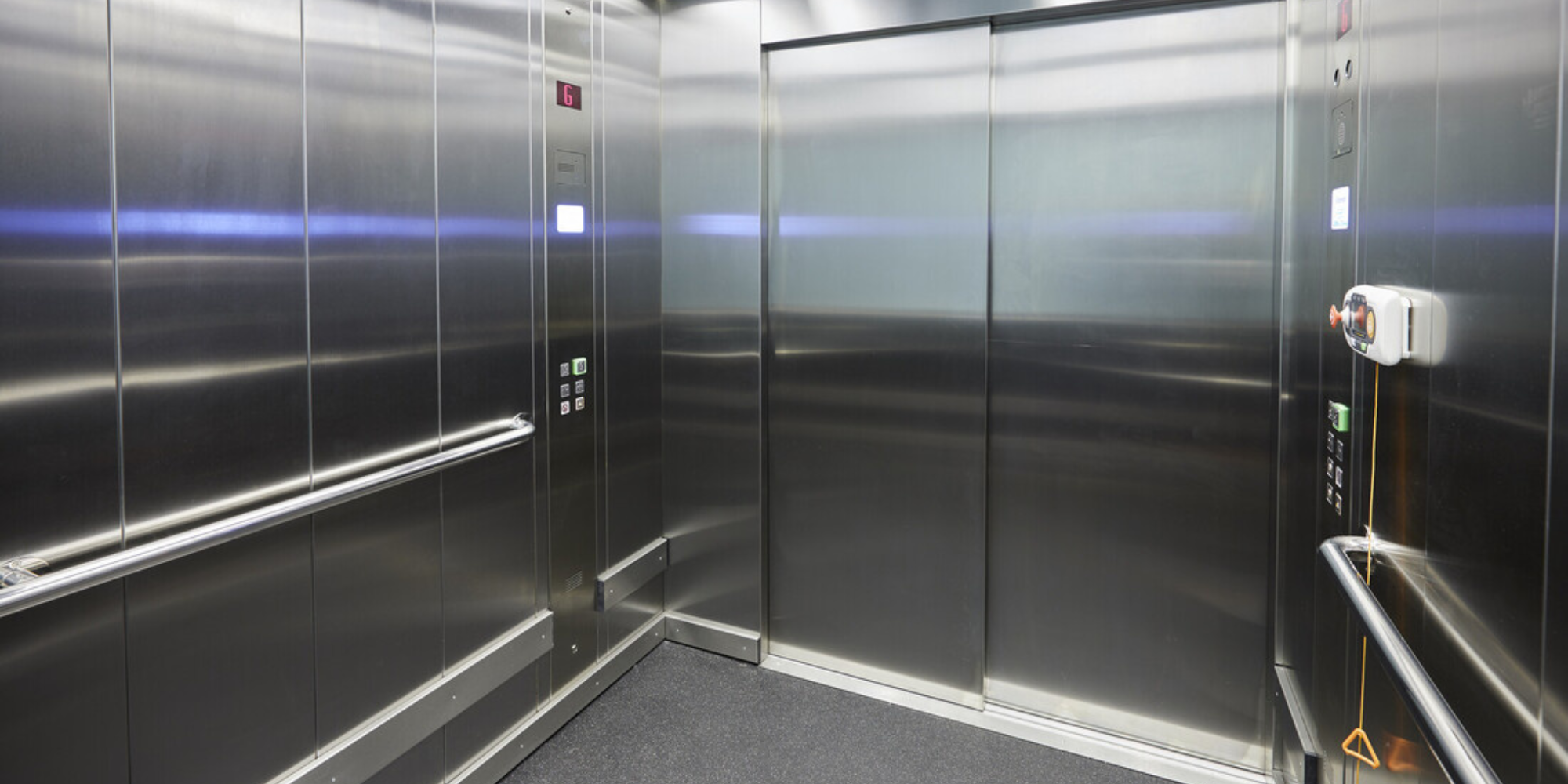Compare Disabled Platform Lifts Prices UK: Affordable Options for every single Requirement
Compare Disabled Platform Lifts Prices UK: Affordable Options for every single Requirement
Blog Article
Diving Into the Globe of Elevators: Usual Concerns Encountered by Different Lift Systems
As we browse through the vertical transportation systems of modern-day structures, lifts stand out as an indispensable element of our day-to-day lives. From hydraulic lifts to grip systems and machine-room-less layouts, each lift kind comes with its collection of common problems.
Hydraulic Elevators
Hydraulic elevators, frequently preferred for low-rise buildings, make use of fluid pressure to control the movement of the elevator vehicle (lift repair companies). This system involves a hydraulic pump pressing oil right into a cylinder, creating the elevator to relocate the desired direction. While hydraulic lifts are recognized for their peaceful and smooth operation, they do feature their own set of usual problems
One prevalent problem with hydraulic elevators is oil leakage. The seals in the hydraulic system can wear out gradually, bring about oil infiltration. If left unaddressed, this not just develops a mess yet can likewise influence the lift's efficiency. Additionally, problems with the control system, such as damaged valves or a malfunctioning pump, can trigger disturbances in the lift's movement.
Regular maintenance and prompt repair services are necessary to ensure the smooth performance of hydraulic elevators. By addressing these typical concerns proactively, structure proprietors can decrease downtime and ensure the safety and efficiency of their upright transportation system.
Traction Lifts
When considering vertical transportation systems in buildings, another usual type apart from hydraulic elevators is the traction elevator. Traction lifts operate making use of a system of ropes and counterweights that relocate the elevator car by clutching onto the hoist ropes. This device enables smoother and much faster vertical transport compared to hydraulic systems.
One of the common problems faced by grip lifts is rope wear. The constant activity of the ropes within the grip system can bring about damage gradually, potentially triggering the lift to breakdown or become dangerous for usage. Routine evaluations and maintenance of the ropes are important to make certain the lift's correct performance and safety.
An additional concern that traction lifts might run into is connected to the control system. Issues with the control system can bring about issues such as erratic motion, delays in feedback times, or perhaps complete shutdowns. Normal testing and upkeep of the control system are important to avoid such problems and make certain the elevator's reliability.
Machine-Room-Less (MRL) Elevators

One of the crucial components of MRL lifts is the small gearless grip machine that is set up within the hoistway. This machine successfully drives the elevator automobile without the need for large tools discovered in standard traction lifts. In addition, MRL lifts generally use a weight system to stabilize the cars and truck, additional enhancing their power performance.
Regardless of their advantages, MRL elevators may deal with challenges connected to upkeep and fixing as a result of the constrained area for tools More Info installment. Ease of access for servicing parts within the shaft can be restricted, calling for specialized training for professionals. Correct maintenance schedules and regular evaluations are critical to make sure the continued smooth procedure of MRL elevators.
Overloading and Weight Limitation Issues
Are lifts furnished to deal with excess weight tons effectively and safely? Straining and weight restriction issues are vital worries in lift operations. Elevator producers style raises with details weight abilities to make certain traveler safety and equipment longevity. Going beyond these weight restrictions can result in different troubles, consisting of mechanical failures, hold-ups, and security dangers.
When elevators are overwhelmed, it places extreme strain on the electric motor, cables, and other parts, potentially creating failures or breakdowns. If they detect excess weight, safety devices such as sensing units and overload sensing units are in location to avoid lifts from moving. Additionally, surpassing weight limits can cause raised energy consumption and deterioration on the elevator system.
To mitigate straining issues, developing managers should prominently show weight restrictions in lifts and educate occupants on the relevance of sticking to these limitations - lift repair companies. Routine upkeep checks by certified professionals can additionally help make sure that elevators are operating within risk-free weight specifications. By resolving overloading and weight limit concerns proactively, building owners can enhance elevator safety and performance
Electric System Failures
Surpassing weight limitations in lifts can not just lead to mechanical issues however likewise potentially add to electrical system failures within the lift facilities. Electric system failings are a vital concern in lift procedure, as they can trigger unforeseen shutdowns, malfunctions, or also safety threats.
Regular maintenance and assessments are essential to recognize and address special info possible electrical concerns without delay, Your Domain Name ensuring the safe and efficient operation of lift systems. By adhering to weight limits and performing routine electrical system checks, structure owners can reduce the danger of electrical failings in elevators.
Final Thought

Hydraulic elevators, frequently preferred for low-rise buildings, use fluid stress to manage the motion of the elevator car.When taking into consideration upright transportation systems in structures, an additional common type aside from hydraulic lifts is the traction lift. Traction elevators operate using a system of ropes and weights that relocate the elevator cars and truck by clutching onto the hoist ropes. Unlike typical lifts that need a different equipment space to house the devices, MRL lifts incorporate many of the elements within the shaft, eliminating the need for a dedicated equipment room.In conclusion, elevators encounter typical concerns such as hydraulic malfunctions, grip system failings, and electrical system troubles.
Report this page